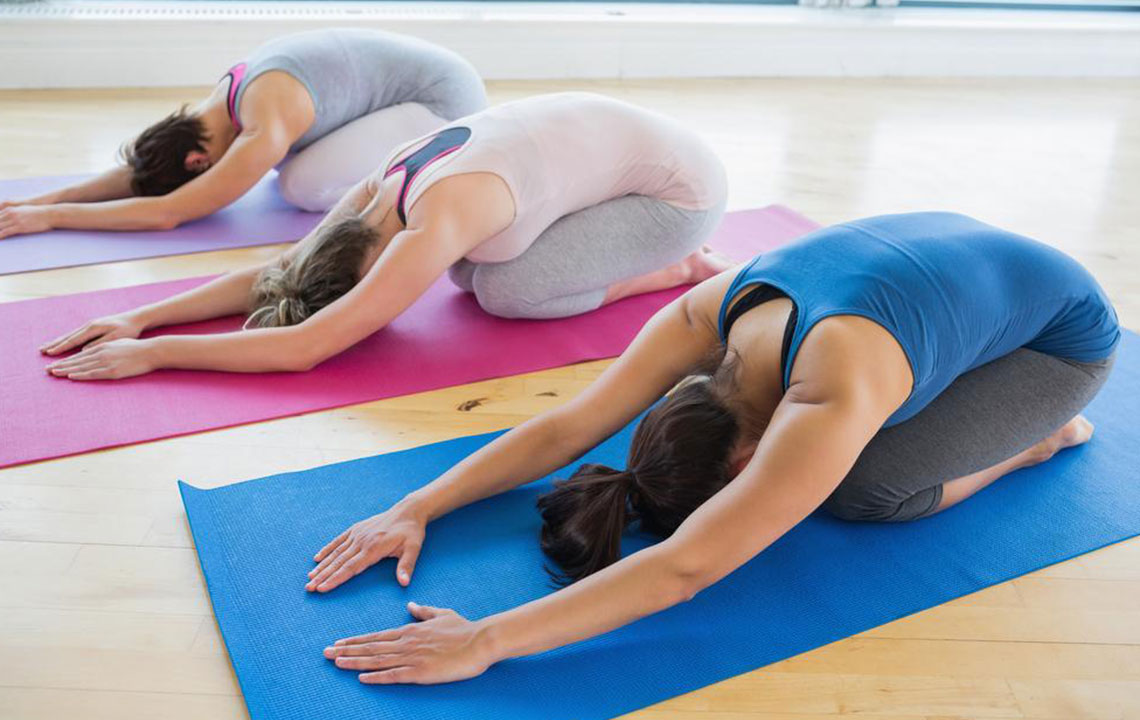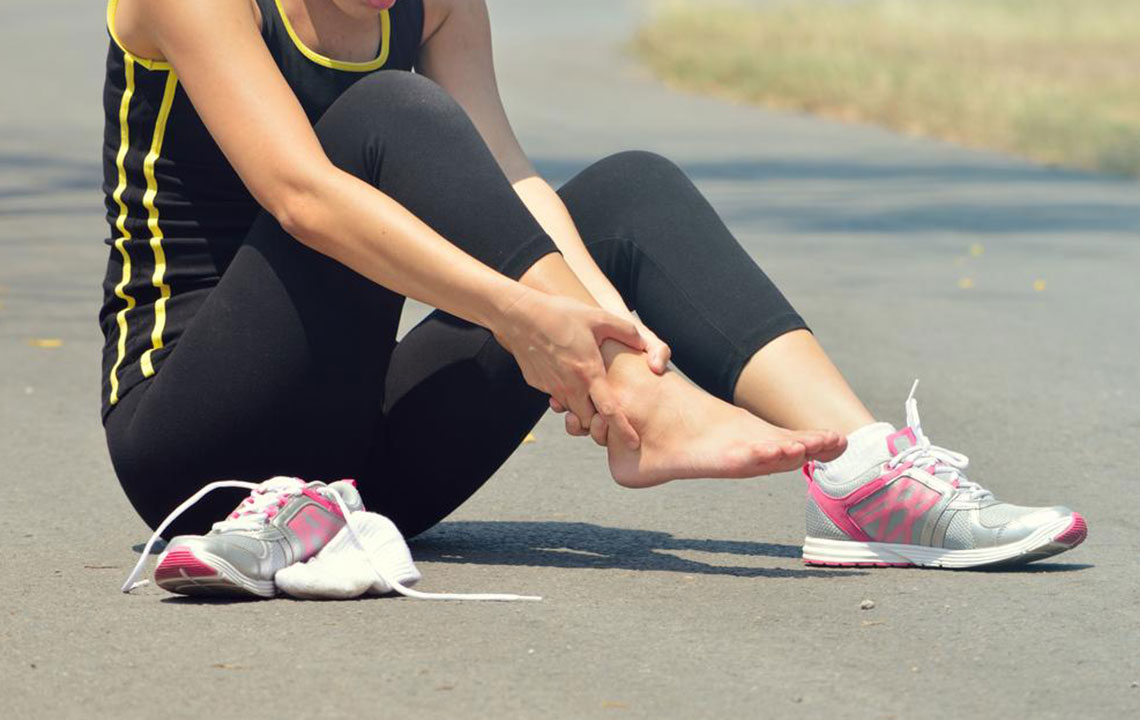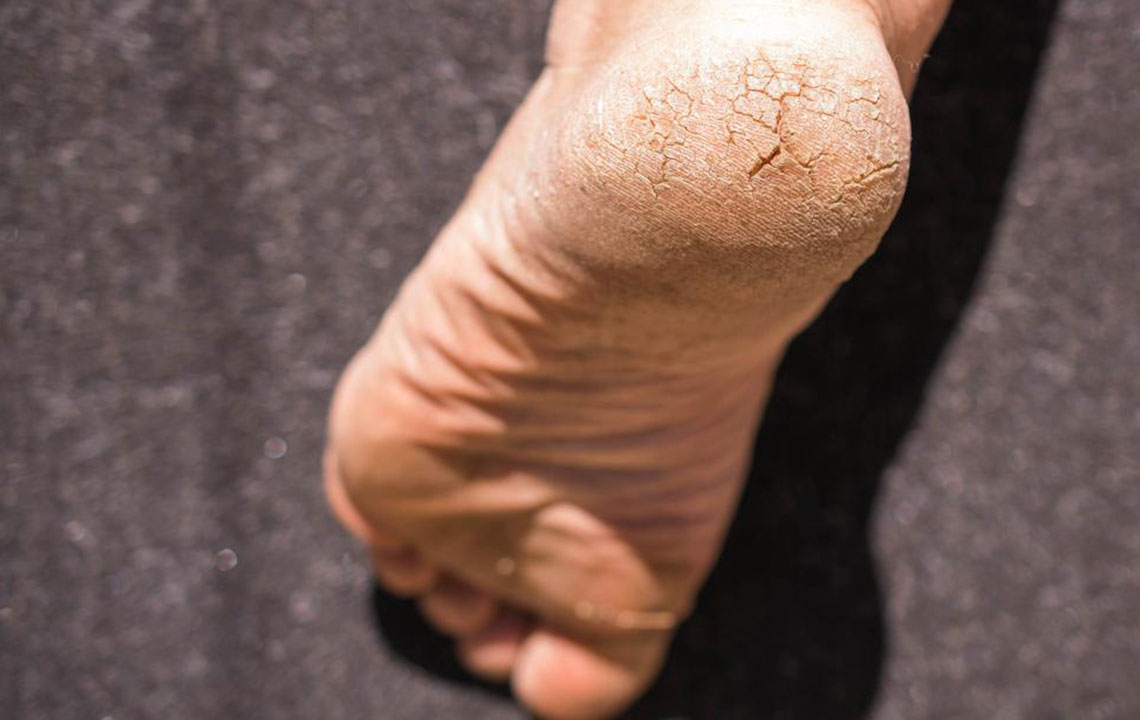Effective Hip Flexibility Exercises and Their Advantages
This article highlights the importance of hip flexibility, detailing effective stretches to prevent tightness and enhance mobility. It covers key exercises like lunges, twists, and yoga poses, emphasizing their benefits for overall hip health, injury prevention, and athletic performance. Regular practice can alleviate discomfort, support proper joint function, and improve circulation. Consulting professionals is recommended for ongoing issues, ensuring safe and effective results in maintaining healthy hips.

Effective Hip Flexibility Exercises and Their Advantages
In today's sedentary lifestyle, maintaining hip flexibility is more important than ever. Prolonged sitting shortens the hip flexors, leading to tight muscles if neglected. Regular stretching and strengthening exercises can combat these issues, reducing discomfort and enhancing mobility. Tight hips can limit movement, cause lower back strain, and increase injury risk. Targeting the outer hips and lower back through specific stretches can improve circulation and energy flow. The hip joint's complexity requires proper care to ensure optimal performance and prevent restrictions that may impede daily activities and athletic pursuits.
Why Hip Stretching Matters
The hip region houses over twenty muscles, including the adductors, flexors, and abductors, which play vital roles in movement and stability. Unfortunately, these muscles often go unnoticed in typical workouts. Ignoring them can result in limited motion, spinal stress, and potential injuries. Regular stretches help maintain joint mobility, promote muscle balance, and prevent overuse issues, ensuring the hips function smoothly and support overall well-being. Although designed to be stable, the hip's mobility is crucial to prevent stiffness and imbalance.
The hip joint comprises multiple muscles, ligaments, and tissues, making it a complex and vital component of movement and stability. Proper mobility allows for effective athletic performance and daily function. Below are some top stretches to ease hip discomfort and improve flexibility:
Spinal Twist in Lunge
Start with your feet together and step one foot forward into a staggered stance. Bend the front knee while keeping the back leg straight, and gently twist your upper body toward the front leg. Raise the opposite arm toward the ceiling, feeling the stretch in your hip flexors and back. Hold for 30 to 120 seconds, then switch sides.
Crescent Lunge
Step into a wide stance, then lunge forward with one leg, lowering your hips until the front thigh is parallel to the ground. Keep hips squared and raise arms overhead. Hold for five breaths, switch sides, and repeat.
Knee-to-Chest Stretch
Lie on your back, extend one leg, and draw the other knee toward your chest. Hold for two minutes per leg to stretch hips, hamstrings, and lower back.
Figure Four Stretch
While lying down, cross one ankle over the opposite thigh, then gently pull the lower leg toward your chest. Switch sides for a comprehensive hip and glute stretch.
Reclining Bound Angle Pose
Lie on your back, bring soles of feet together, and let knees fall outward. Hold this for two minutes to stretch hips and inner thighs.
Cow Stretch
In all fours, place one knee in front of the other, then widen the knees and settle hips between the feet. Reach forward and fold the torso for an outer hip stretch. Repeat on the other side after five breaths.
While foam rolling and targeted stretches can help loosen tight hip muscles, persistent discomfort should be evaluated by healthcare professionals or sports therapists. Consult your doctor if hip pain persists to identify whether tightness or other underlying issues are at play.
Note:
The information shared here aims to offer helpful insights into hip health and flexibility. It’s for educational purposes and should not replace professional medical advice. For persistent pain or concerns, always seek guidance from qualified healthcare providers.










